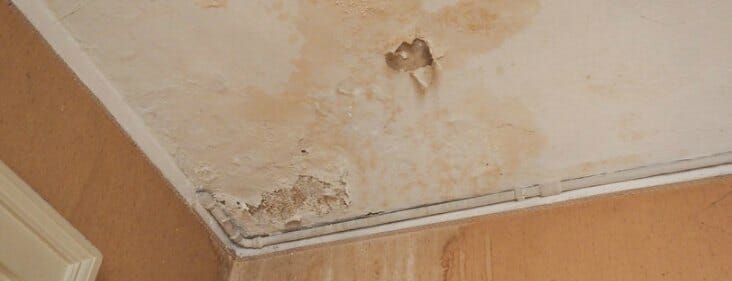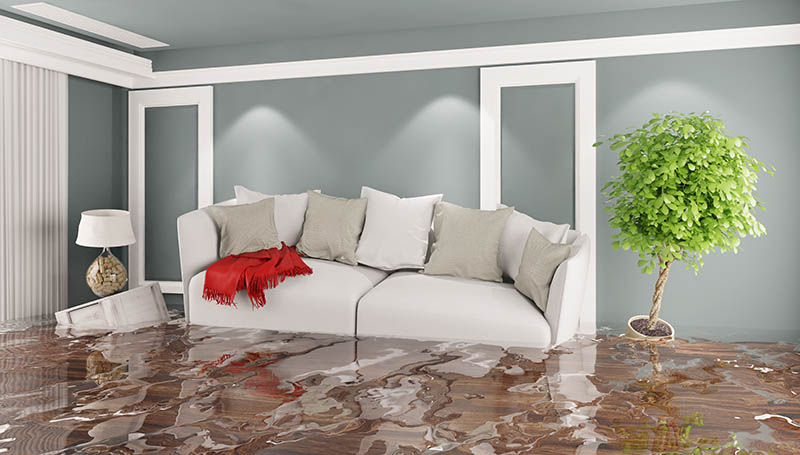Pinpoint Six of Most Water Leak Causes Inside The House
Pinpoint Six of Most Water Leak Causes Inside The House
Blog Article
We have found this post relating to How to detect water leaks in your home below on the net and believe it made perfect sense to discuss it with you on my blog.

Leakages not only trigger waste of water however can also trigger unneeded damage to your residence as well as advertise unwanted organic development. By understanding and also looking for day-to-day situations that cause leaks, you can secure your house from future leaks as well as unnecessary damage.
Encroaching origins
Many water leakages begin outside the house rather than inside it. If you notice an abrupt reduction in water stress, say in your tap, take time to go out and analyze your lawn. You may notice damp spots or sinkholes in your lawn, which could imply that tree origins are attacking water lines creating water to leak out. You can have your plumber check for intrusion, particularly if you have trees or shrubs near your residential property.
Rusty water supply
As time goes by, your plumbing system ages and also rust such as corrosion may start eating away the pipelines. This may be the source of staining or bending on your water pipes. This calls for an assessment with your plumber instantly. If our plumbing system is old, consider replacing the pipes considering that they go to a higher risk of corrosion than the more recent versions.
Defective Pipeline Joints
Pipe joints can wear away over time, resulting in water leakages. If you have loud pipes that make ticking or banging sounds, particularly when the warm water is turned on, your pipeline joints are most likely under a lot of pressure.
Immediate temperature modifications.
Severe temperature level modifications in our pipelines can cause them to increase and also get all of a sudden. This growth and also tightening may cause cracks in the pipelines, especially if the temperature are below freezing.
Poor Water Connectors
At times, a leakage can be brought on by loose pipes as well as pipelines that provide your appliances. Generally, moving is what triggers the loosened water Links. You might find when it comes to a washing equipment, a hose might spring a leak as a result of shaking during the spin cycle. In case of a water connections leak, you might notice water running straight from the supply line or pools around your devices.
Clogged Drains
Obstructed drains may be irritating and also inconveniencing, but they can often wind up creating an overflow leading to rupture pipes. Maintain getting rid of any kind of products that might go down your drains that could obstruct them to avoid such hassles.
All the above are root causes of leaks however not all water leaks result from plumbing leaks; some leaks could originate from roof covering leakages. All leaks must be repaired immediately to stay clear of water damage.
Leaks not only trigger waste of water but can also cause unneeded damage to your residence and also advertise undesirable natural development. By looking and comprehending for day-to-day circumstances that cause leakages, you can safeguard your house from future leakages as well as unneeded damage. Today, we will look at 6 leakage triggers that might be triggering your pipelines to drip.
At times, a leakage can be caused by loose tubes and pipelines that provide your appliances. In instance of a water connections leakage, you might notice water running directly from the supply line or pools around your devices.
How To Check For Water Leak In Your Home
How To Check for Leaks
The average household's leaks can account for nearly 10,000 gallons of water wasted every year and ten percent of homes have leaks that waste 90 gallons or more per day. Common types of leaks found in the home are worn toilet flappers, dripping faucets, and other leaking valves. These types of leaks are often easy to fix, requiring only a few tools and hardware that can pay for themselves in water savings. Fixing easily corrected household water leaks can save homeowners about 10 percent on their water bills.
To check for leaks in your home, you first need to determine whether you're wasting water and then identify the source of the leak. Here are some tips for finding leaks:
Take a look at your water usage during a colder month, such as January or February. If a family of four exceeds 12,000 gallons per month, there are serious leaks.
Check your water meter before and after a two-hour period when no water is being used. If the meter changes at all, you probably have a leak.
Identify toilet leaks by placing a drop of food coloring in the toilet tank. If any color shows up in the bowl after 10 minutes, you have a leak. (Be sure to flush immediately after the experiment to avoid staining the tank.)
Examine faucet gaskets and pipe fittings for any water on the outside of the pipe to check for surface leaks.
Undetected water leaks can happen without the home or business owner even realizing. If you suspect a water leak, but not able to find the source. It is time to contact a professional water leak detection service, The Leak Doctor.
How To Find a Water Leak In Your Home
https://www.leakdoctor.com/blog/How-To-Check-For-Water-Leak-In-Your-Home_AE197.html

Hopefully you liked our excerpt about How to Find Water Leaks. Many thanks for taking a few minutes to read our blog. For those who enjoyed reading our blog posting if you please be sure to share it. We treasure reading our article about How Fast Water Damage Can Ruin Your Home.
Got trouble? Ring! Report this page